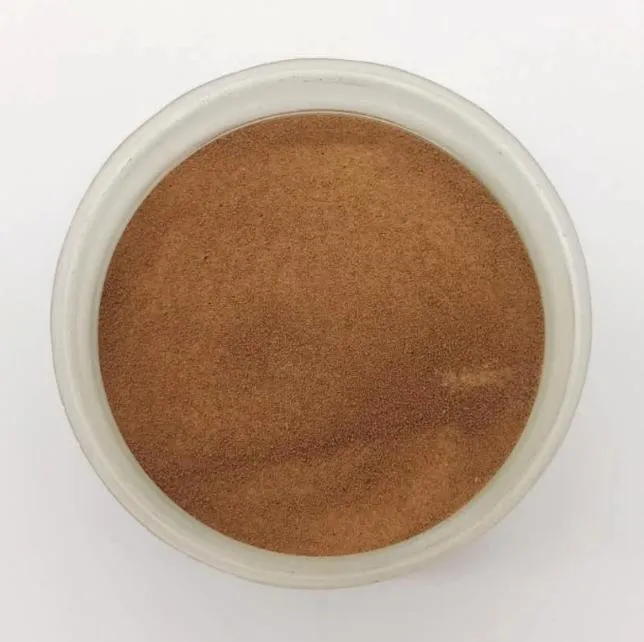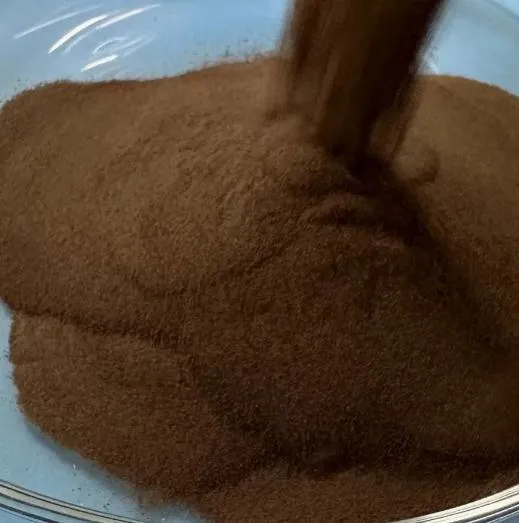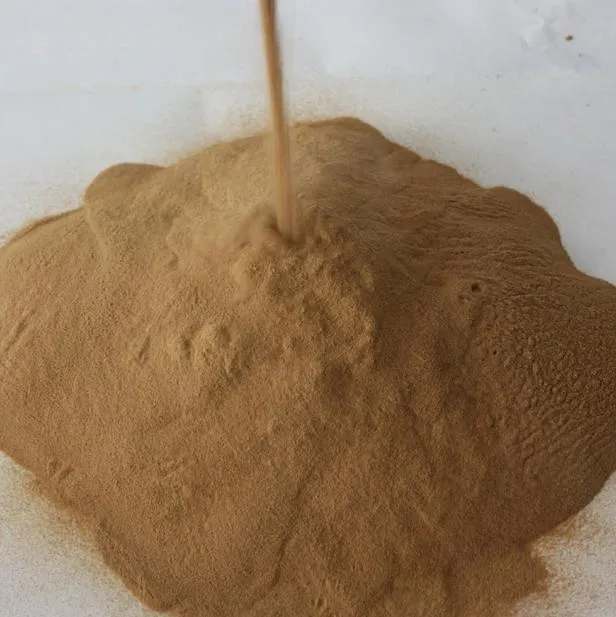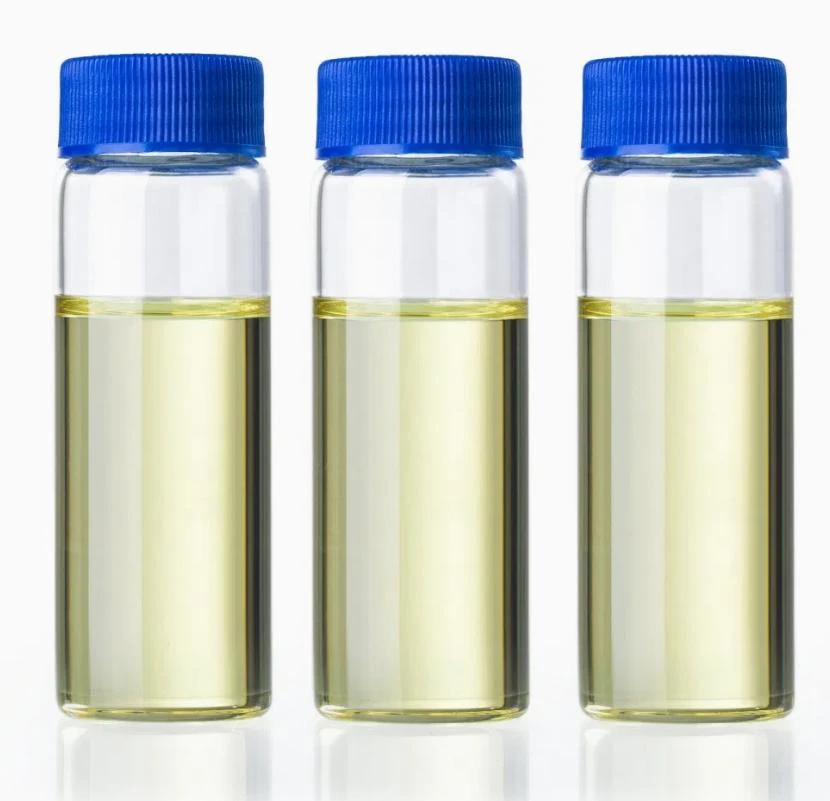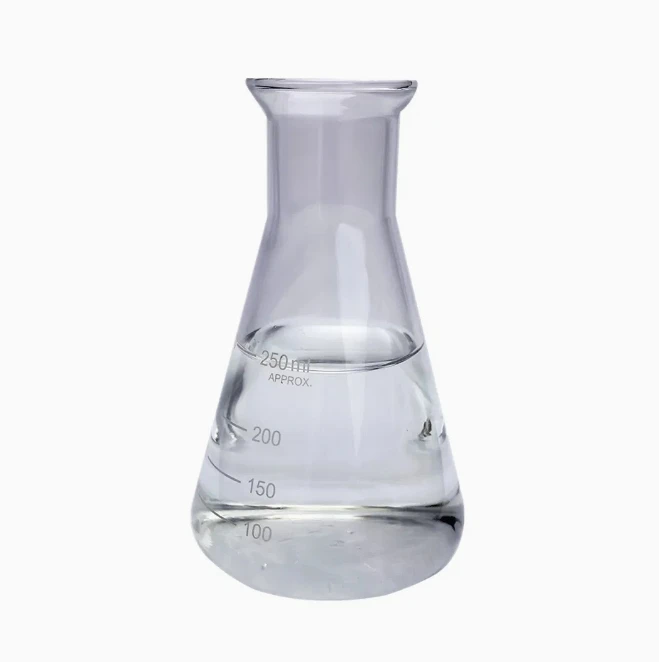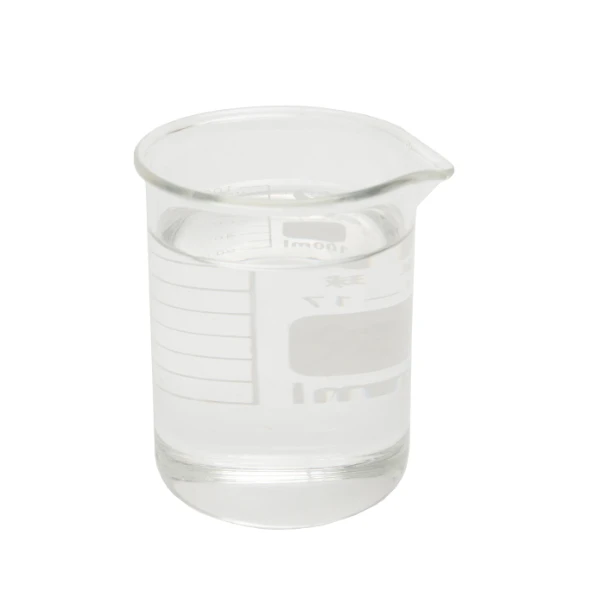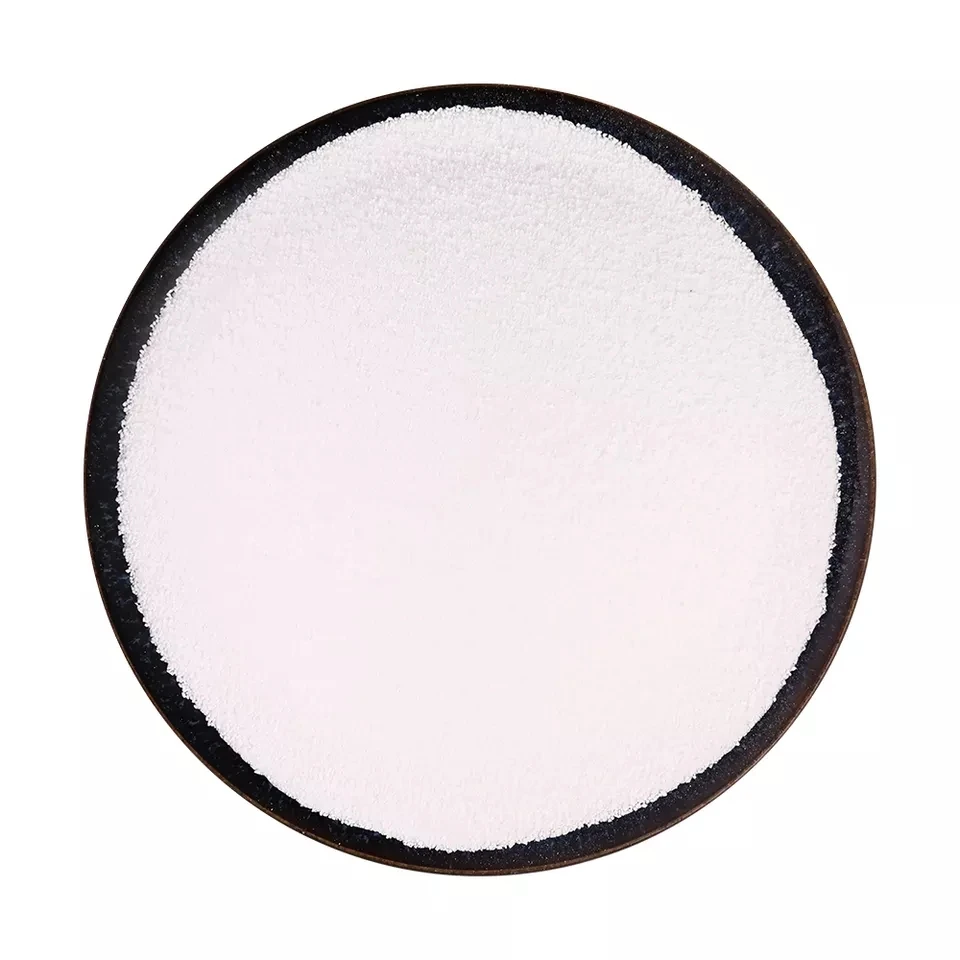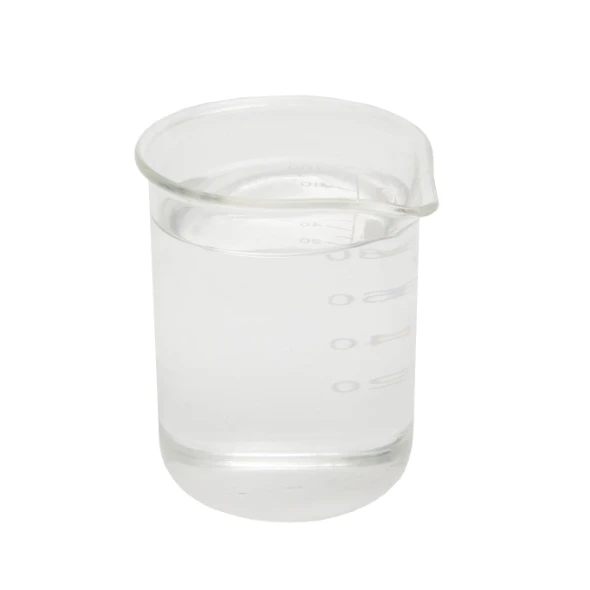Warning: Undefined array key "file" in /home/www/wwwroot/HTML/www.exportstart.com/wp-content/themes/1198/header.php on line 7
Warning: Undefined array key "title" in /home/www/wwwroot/HTML/www.exportstart.com/wp-content/themes/1198/header.php on line 7
Warning: Undefined array key "title" in /home/www/wwwroot/HTML/www.exportstart.com/wp-content/themes/1198/header.php on line 7
- Afirika
- Ede Albania
- Amharic
- Larubawa
- Ara Armenia
- Azerbaijan
- Basque
- Belarusian
- Ede Bengali
- Ede Bosnia
- Bulgarian
- Catalan
- Cebuano
- China
- China (Taiwan)
- Corsican
- Ede Croatian
- Czech
- Danish
- Dutch
- English
- Esperanto
- Estonia
- Finnish
- Faranse
- Frisia
- Galician
- Georgian
- Jẹmánì
- Giriki
- Gujarati
- Haitian Creole
- hausa
- ara ilu Hawaiani
- Heberu
- Bẹẹkọ
- Miao
- Ede Hungarian
- Icelandic
- igbo
- Ede Indonesian
- Irish
- Itali
- Japanese
- Javanese
- Kannada
- Kasakh
- Khmer
- Ede Rwandan
- Korean
- Kurdish
- Kirgisi
- TB
- Latin
- Latvia
- Lithuania
- Luxembourgish
- Macedonian
- Malgashi
- Malay
- Malayalam
- Èdè Malta
- Maori
- Marathi
- Mongolian
- Mianma
- Nepali
- Norwegian
- Norwegian
- Occitan
- Pashto
- Persian
- Polish
- Portuguese
- Punjabi
- Romanian
- Russian
- Samoan
- Scotland Gaelic
- Ede Serbia
- English
- Shona
- Sindhi
- Sinhala
- Slovakia
- Slovenia
- Somali
- Ede Sipeeni
- Ede Sundan
- Swahili
- Swedish
- Tagalog
- Tajik
- Tamil
- Tatar
- Telugu
- Thai
- Tọki
- Turkmen
- Ukrainian
- Urdu
- Uighur
- Uzbekisi
- Vietnamese
- Welsh
- Egba Mi O
- Yiddish
- Yoruba
- Zulu
Nigella Sativa Extract Thymoquinone Powder
Thymoquinone is a naturally occurring chemical compound found in the seeds of Nigella sativa, commonly known as black seed. It is a potent bioactive compound known for its diverse health-promoting properties. Thymoquinone is a yellowish crystalline substance with a characteristic pungent taste and aroma. It is soluble in organic solvents like ethanol and sparingly soluble in water.
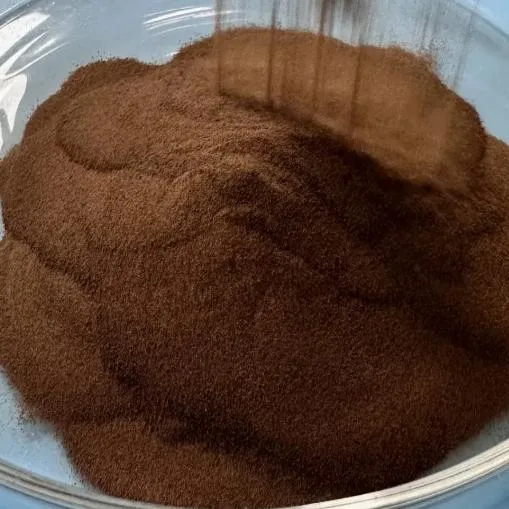

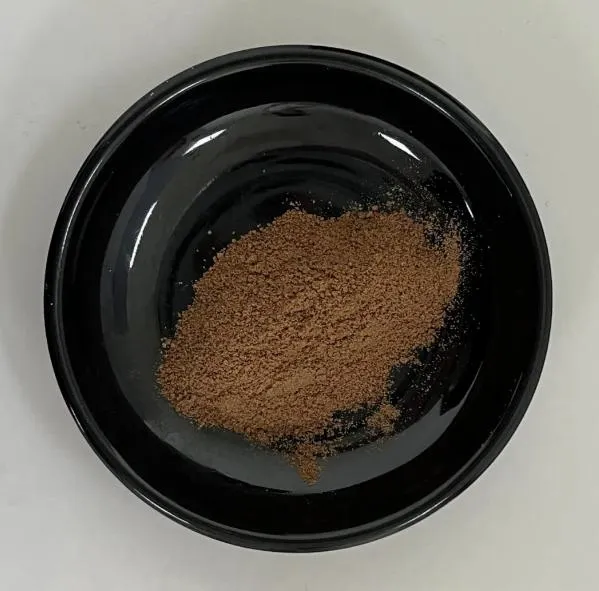
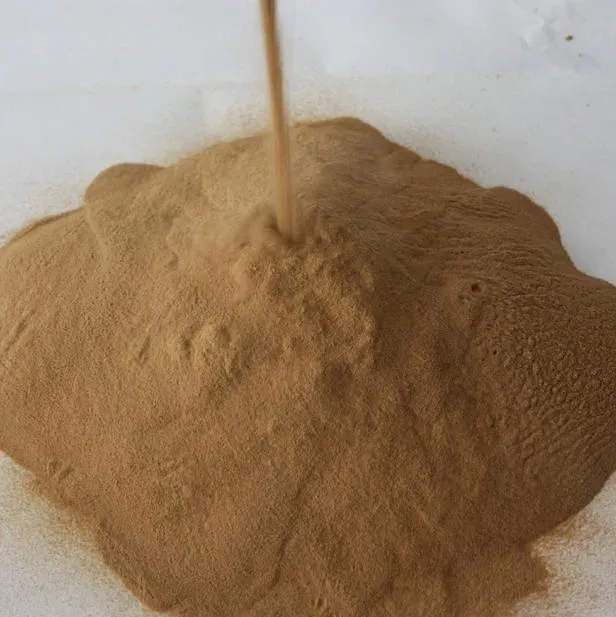
Thymoquinone finds applications in various industries and fields. In the pharmaceutical industry, it is used as an active ingredient in natural health supplements and traditional herbal medicines due to its potential therapeutic effects. Thymoquinone is also utilized in the cosmetic industry for its antioxidant properties, which help protect the skin from environmental damage and promote a youthful appearance. Furthermore, its antimicrobial activity makes it a valuable ingredient in personal care products like soaps and lotions. Thymoquinone is the subject of ongoing research in cancer treatment, and it holds promise as an adjuvant therapy for improving the efficacy of chemotherapy and radiation.
Thymoquinone exhibits numerous beneficial functions owing to its potent antioxidant, anti-inflammatory, antimicrobial, and anticancer properties. As an antioxidant, it helps protect cells from oxidative stress and damage caused by free radicals. Its anti-inflammatory properties contribute to reducing inflammation and improving overall immune function. Thymoquinone also demonstrates antimicrobial activity against various pathogens, making it effective against microbial infections. Additionally, it shows promising anticancer activity by inhibiting tumor growth and inducing apoptosis in cancer cells.
A ni ọpọlọpọ awọn ile-iṣelọpọ giga-giga pẹlu ifowosowopo jinlẹ, eyiti o le fun ọ ni awọn ọja to gaju ati awọn idiyele ifigagbaga. Ati pe a tun le fun awọn ẹdinwo fun awọn rira olopobobo.Ati pe a ṣe ifọwọsowọpọ pẹlu ọpọlọpọ awọn ile-iṣẹ gbigbe ẹru ẹru ọjọgbọn, le fi awọn ọja ranṣẹ lailewu ati laisiyonu si ọwọ rẹ. Akoko ifijiṣẹ jẹ nipa awọn ọjọ 3-20 lẹhin ijẹrisi isanwo.




| Product name | nigella sativa extract thymoquinone powder | |||
| Nkan | Sipesifikesonu | Esi | Methods | |
| Marker compound | 5% Thymoquinone | Ṣe ibamu | HPLC | |
| Appearance & Color | Brown | Ṣe ibamu | GB5492-85 | |
| Odor & Taste | Characteristic | Ṣe ibamu | GB5492-85 | |
| Plant Part Used | Seed | Ṣe ibamu | ||
| Extract Solvent | Water | Ṣe ibamu | ||
| Bulk Density | 0.4-0.6g/ml | 0.50g/ml | ||
| Mesh Size | 80 | 100% | GB5507-85 | |
| Pipadanu lori Gbigbe | ≤5.0% | 3.11% | GB5009.3 | |
| Ash Content | ≤5.0% | 0.25% | GB5009.4 | |
| Solvent Residue | Odi | Ṣe ibamu | GC(2005 C) | |
| Total Heavy Metals | ≤10ppm | 3ppm | AAS | |
| Arsenic (As) | ≤1.0ppm | 0.15ppm | AAS(GB/T5009.11) | |
| Lead (Pb) | ≤3ppm | 2ppm | AAS(GB5009.12) | |
| Cadmium | <1mg/kg | Not Detected | AAS(GB/T5009.15) | |
| Mercury | ≤0.3ppm | Not Detected | AAS(GB/T5009.17) | |
| Apapọ Awo kika | ≤5000cfu/g | conform | GB4789.2 | |
| Total Yeast & Mold | ≤300cfu/g | conform | GB4789.15 | |
| E. Coli | ≤40MPN/100g | Not Detected | GB/T4789.3-2003 | |
| Salmonella | Negative in 25g | Not Detected | GB4789.4 | |
| Staphylococcus | Negative in 10g | Not Detected | GB4789.1 | |

1. Ṣe o jẹ ile-iṣẹ tabi ile-iṣẹ iṣowo kan?
A jẹ ile-iṣẹ iṣọpọ compnay ati iṣowo, ti n pese iṣẹ iduro kan.OEM le gba.
2. Ṣe o pese awọn ayẹwo? Ṣe o jẹ ọfẹ tabi afikun?
Awọn ayẹwo ọfẹ.Ọya ẹru ọkọ ayẹwo naa nilo lati san nipasẹ ẹgbẹ rẹ.
3. Ṣe o ni awọn iwe-ẹri eyikeyi ti o ni ibatan si iṣakoso didara?
ISO 9001: 2008 iwe-ẹri lati rii daju didara.
4. Kini MO yẹ ki n pese lati gba agbasọ ọrọ kan?
Pls sọ fun wa iru ọja ti o nilo, iwọn ibere, adirẹsi ati awọn ibeere pataki.Itọkasi yoo ṣee ṣe fun itọkasi rẹ ni akoko.
5. Iru ọna sisan wo ni o fẹ? Iru awọn ofin wo ni a gba?
Awọn ofin Ifijiṣẹ ti a gba: FOB, CFR, CIF, EXW;
Accepted Payment Currency:USD;EUR
Ti gba Isanwo Isanwo: T/T,Western Union; Paypal, Iṣowo Iṣowo.
Ede Sọ: Gẹẹsi.
Awọn ẹka ọja
-
 May . 13, 20252025 European Fine Chemicals Exhibition in GermanyThe much-anticipated Fine Chemicals Europe 2025 will be held in Germany from June 4 to 5, 2025. The event will bring together industry leaders, innovators and stakeholders in the fine chemicals sector, providing a unique platform for networking, collaboration and showcasing the latest advances in the field.
May . 13, 20252025 European Fine Chemicals Exhibition in GermanyThe much-anticipated Fine Chemicals Europe 2025 will be held in Germany from June 4 to 5, 2025. The event will bring together industry leaders, innovators and stakeholders in the fine chemicals sector, providing a unique platform for networking, collaboration and showcasing the latest advances in the field. -
 May . 07, 20252025 New York Cosmetics Ingredients ExhibitionThe much-anticipated 2025 Cosmetics Ingredients New York will be held at the Javits Center in New York from June 3 to 4, 2025. This event will bring together industry leaders, innovators and enthusiasts from all over the world to discuss the latest trends and advances in the field of cosmetic ingredients.
May . 07, 20252025 New York Cosmetics Ingredients ExhibitionThe much-anticipated 2025 Cosmetics Ingredients New York will be held at the Javits Center in New York from June 3 to 4, 2025. This event will bring together industry leaders, innovators and enthusiasts from all over the world to discuss the latest trends and advances in the field of cosmetic ingredients. -
 Apr . 27, 2025Zibo will host the 2025 International Chemical ExpoZibo, a city known for its thriving chemical industry, will host the 2025 Zibo International Chemical Expo from May 16 to May 18, 2025. This highly anticipated event aims to bring together industry leaders, innovators and stakeholders from around the world to explore the latest advancements and trends in the chemical industry.
Apr . 27, 2025Zibo will host the 2025 International Chemical ExpoZibo, a city known for its thriving chemical industry, will host the 2025 Zibo International Chemical Expo from May 16 to May 18, 2025. This highly anticipated event aims to bring together industry leaders, innovators and stakeholders from around the world to explore the latest advancements and trends in the chemical industry.


